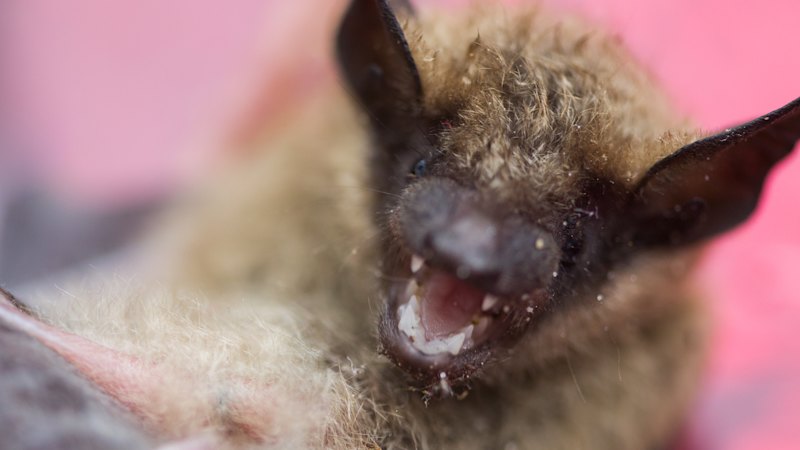Researchers have discovered a new coronavirus in Brazilian bats, named BRZ batCoV, which exhibits a genetic feature akin to that of SARS-CoV-2, the virus responsible for COVID-19. This finding emerged from a study conducted by the University of Osaka in Japan, where scientists digitally analyzed genetic data from the virus found in a bat species common across much of Latin America.
The BRZ batCoV was identified in bats located in the Brazilian states of Maranhao and Sao Paulo. Researchers noted that the virus carries a furin cleavage site, a critical component that allows the virus to penetrate human cells. This feature has raised interest in the scientific community, as similar sites have been noted in other coronaviruses, including SARS-CoV-2.
Scientific Insights on Viral Evolution
Dr. Kosuke Takada, a co-author of the pre-print study, emphasized that this discovery highlights the potential for similar molecular characteristics to evolve independently in different viral lineages through natural processes. “The finding in Brazil demonstrates that similar molecular features can arise independently,” Dr. Takada stated.
Although the virus was not isolated in the laboratory, genetic sequencing indicates its presence in bats that have likely been spreading the virus unnoticed due to limited sampling in the region. Professor Stuart Neil, head of the department of infectious diseases at King’s College London, commented on the significance of finding furin cleavage sites similar to those in SARS-CoV-2. “While it does not directly clarify how SARS-CoV-2 acquired its furin cleavage site, it does illustrate how easily they can emerge in diverse viruses,” he noted.
Professor David Robertson, head of bioinformatics at the Centre for Virus Research at the University of Glasgow, stated that the identification of a furin cleavage site is intriguing but not unexpected, given the known variability of this region in the virus genome.
Implications for Wildlife Surveillance
Despite these findings, researchers cautioned that there is currently no evidence indicating that BRZ batCoV can infect humans or other mammals. The study underscores the importance of enhancing wildlife surveillance programs, particularly in under-sampled regions like South America.
Dr. Takada pointed out that most current sampling efforts have concentrated on Asia, Africa, and the Middle East, where well-known coronaviruses such as SARS-CoV-1 were first identified. “This study highlights that the potential for new pathogens to emerge is globally distributed,” he said.
He also noted that while detecting new viruses is crucial for public health, the actual risk to humans depends on various factors, including human interaction with wildlife. Understanding viral diversity better may enable more effective early warning systems and informed assessments of which viruses require closer monitoring.
The research serves as a reminder of the need for ongoing vigilance in surveillance and the exploration of ecological factors that contribute to the emergence of new pathogens. As the global community continues to face challenges posed by infectious diseases, studies like this one play a vital role in shaping future public health strategies.


































































